APHIS Animal & Plant Health Inspection Service – Veterinary Services Internship
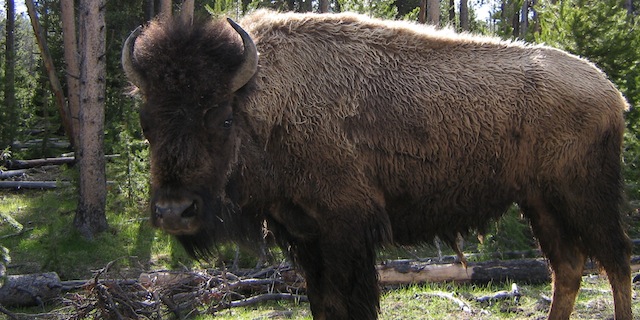
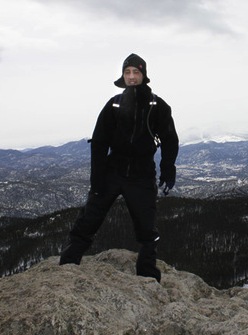 Howdy. Elliott asked me if I’d consider writing about a cool veterinary public health experience I had, and I’m more than happy to contribute.
Howdy. Elliott asked me if I’d consider writing about a cool veterinary public health experience I had, and I’m more than happy to contribute.
I’m currently a second year veterinary student at Tufts and part of the International Veterinary Medicine certificate program. In 3 ½ to 4 years, after I finish veterinary school and a post-graduate public health degree, I will hopefully be employed by a state, federal, or international organization as a veterinary epidemiologist or public health official. For now I am focused on passing all of my classes and pursuing public health related opportunities for the summer and externships for my clinical rotation year.
In the spring of 2011, I spent 3 months in Cheyenne, Wyoming as an intern for the Wyoming Area Office of United States Department of Agriculture – Animal and Plant Health Inspection Service – Veterinary Services, more conveniently abbreviated as USDA-APHIS-VS (as you can tell, the federal government, and USDA in particular, has an affinity for long and important sounding names and titles that all have acronyms).
APHIS is one agency of the USDA and has several subgroups, one of which is Veterinary Services (VS). There’s eastern and western regional headquarters (in Raleigh, NC and Fort Collins, CO respectively), and most states have an area office.
Daily Life as an APHIS-VS Intern
I specifically worked for the Area-Veterinarian-In-Charge (AVIC) of Wyoming. The main project I worked on was updating and editing the Wyoming Accredited Veterinarian Handbook. I didn’t know anything about federal disease control or the activities of accredited veterinarians, but no one in the office had a solid grasp on how to edit and format things in Microsoft Word, so they benefitted from my free labor and my computer savvy, while I was able to learn about reportable diseases, foreign animal disease investigations, international health certificates, and interstate movement of animals.
I also helped input official tuberculosis, brucellosis, and equine infectious anemia test and vaccination records (into the antiquated computer database that I suspect was designed by a federally employed software programmer in 1990) and assembled power point presentations outlining cattle traces of brucellosis-infected herds for the epidemiologist.
Part of the reason why the Wyoming office has slightly more excitement with disease outbreaks than other states is because wild bison and elk in the Greater Yellowstone Area (GYA) represent the last remaining reservoir of brucellosis infection in the country. They transmit brucellosis to cattle herds surrounding Yellowstone National Park.

I was able to get out of the office at least once a week; I visited livestock markets, observed follow-up testing of cattle suspected of having brucellosis, and visited the Wyoming State Veterinary Laboratory in Laramie, WY. Towards the end of my internship, data collection started for a big nation-wide sheep health surveillance, so I helped collect blood/nasal/fecal samples from sheep farms across the state.
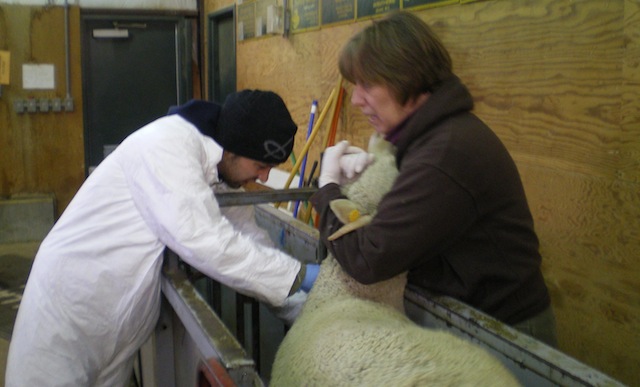
This involved sitting in a scary-looking white SUV with a federal government license plate as my boss drove sometimes 4+ hours to exciting destinations such as Rock Springs, Kemmerer, and Pinedale, and staying overnight in many Holiday Inns.
Probably the coolest experience I had during my internship was tagging along with one of the two Veterinary Medical Officers (VMOs) while she drove a trailer containing 4 brucellosis-infected cattle to a slaughter plant. Once we were at the slaughter plant, I gowned up in a ghost-buster-looking Tyvek suit with accompanying booties, which were duct-taped on, and assisted her in collecting and packaging blood, milk, and tissue samples to send to the National Veterinary Services Laboratory (NVSL).
How I Found and Set the Internship Up
In terms of how I ended up landing this internship, here is the long version (because I’m sitting in class right now and writing about this is more interesting than paying attention to dog pedigree charts):
I had a somewhat unique path to veterinary school – I didn’t commit to the idea of applying to vet school until the summer after my sophomore year of undergrad. By that point I had already declared myself as a psychology major and only taken one science pre-requisite for veterinary school. So I ended up taking science courses over subsequent summers, and I also needed an extra post-baccalaureate semester to finish my final two classes.
During the fall of 2010, at the same time I was in the midst of my last minute application to Tufts (I decided I’d apply to just one school with a “practice round” mentality, not expecting to get in), I knew that I had no plans for the spring and summer of 2011 (and possibly the entire next year, if I didn’t get in to Tufts). This left me with a perfect opportunity to pursue some sort of internship.
I had stumbled upon the unique field of veterinary public health via the internet, and although I had absolutely no experience in public health, I decided that it sounded really cool and committed myself to the idea that this would be my future career. I wanted to be a veterinarian, but the human health aspect plays well to my interest and background in psychology and social sciences.
I started trying to get public health experience during my senior year of undergrad – mainly trying to contact the Oregon state public health veterinarian after finding a list of state public health vets online, but I never got anywhere with that despite emailing and calling several times.
In the fall of 2010, when I realized I would have this free period of time the following spring, I started emailing people and applying for jobs and internships. Basically my criteria was that I wanted to do something related to veterinary public health and I wanted to go to any state that had a lot of mountains nearby.
I was really interested in living in Alaska or Colorado, but nothing worked out. I finally emailed the Wyoming state public health veterinarian in Cheyenne. Being from the east coast, I was somewhat hesitant about the idea of living in a cowboy town, but I realized that I couldn’t always maximize ending up in my perfect dream location with my perfect dream internship. As it turned out, Cheyenne wasn’t that bad, and living in Wyoming broadened my cultural horizons. And the best part about Cheyenne was that it was only a 1.5-2 hour drive to the Colorado Rockies.
So anyway, the Wyoming state public health vet didn’t have any opportunities for me, but he was willing to go the extra step and he forwarded my email to APHIS, where I was able to make something work out with the AVIC.
I will give a bit of advice for any pre-vet students trying to figure out doing something similar: try to get over your phone phobia. I have hardcore phone phobia, and absolutely hate having to call important adults that I don’t know on the phone. But if I didn’t follow up my email exchanges with phone calls, I’m pretty sure that this internship would never have come to fruition. Also, try not to get too frustrated if you send lots of emails that all get ignored.
Right as I was getting things lined up to go to Wyoming, I found out that I got an interview with Tufts, so I waited until mid-February, after my interview, to start the internship. I packed up my car with everything I thought I’d need to live for the next 6 months to a year, drove to Tufts for my interview, told my interviewers that I was about to start this awesome internship, and then left directly from Tufts to drive from Massachusetts to Wyoming.
A couple weeks into my internship, I found out I got in, so I decided that I’d only intern through the end of April because I no longer needed to rack up “experience hours” for vet school applications. I then spent the rest of the spring/summer traveling and hiking in national parks out west, and hiking across the state of Colorado for a month.
It was an unpaid internship, which was a downside, but pretty much unavoidable in my case, given that I was contacting state and federal public health officials out of the blue to ask if I could intern with them for a limited amount of time. I luckily have really supportive parents who gave me some money to live off of. I also was able to limit my living expenses, because I lived in my boss’s guest room rent-free. I also ate dinner with them every night, so I saved money on food.
The only things I really spent money on were gas and outdoor gear, because I spent pretty much every weekend driving to different national forests and Rocky Mountain National Park to go hiking, cross country skiing, and snowboarding. I tried to find a part time job, but gave up on that endeavor once I found out I got into vet school and also realized that I was spending 40+ hours a week doing APHIS stuff anyway.
My final bit of parting advice is that you shouldn’t just limit yourself to official internship programs that you have to apply for. Established internship programs are great in that they are straight-forward and not stressful in terms of working out logistics and worrying about if everything will come together. But through lots of Googling and emailing, I was able to spend 3 months in a really cool internship that will serve me well for the rest of my career.
APHIS Veterinary Student Scholarship
APHIS actually has a pretty generous scholarship – the Saul T. Williams Scholarship Program, which I heavily considered applying to. They pay for up to $10,000 a year of your veterinary school tuition. However, for each year of vet school that you get money for, you have to work for APHIS for the same number of years after graduation. You also have to work for APHIS during all of your summer and winter breaks.
Ultimately I decided that it wasn’t worth it to me to have to commit to working for APHIS after graduation for 3-4 years, and I didn’t want to spend every free moment I had in vet school working for APHIS, which would severely limit pursuing other types of experiences.
Elliott again: Thanks again for sharing your experience, Evin! If any other readers have had unique internships like this I would love to feature them here on my site. Please get in touch on my contact page and we’ll go from there.
Have you considered a career with APHIS? What are your questions for Evin about the work that these vets do?
[google-map-v3 width=”350″ height=”350″ zoom=”5″ maptype=”roadmap” mapalign=”center” directionhint=”false” language=”default” poweredby=”false” maptypecontrol=”true” pancontrol=”true” zoomcontrol=”true” scalecontrol=”true” streetviewcontrol=”true” scrollwheelcontrol=”false” draggable=”true” tiltfourtyfive=”false” addmarkermashupbubble=”false” addmarkermashupbubble=”false” addmarkerlist=”Cheyenne, WY{}forest2.png{}#http://www.elliottgarber.com/aphis-animal-plant-health-inspection-service-veterinary-services-internship/ USDA-APHIS Veterinary Student Internship#” bubbleautopan=”true” showbike=”false” showtraffic=”false” showpanoramio=”false”]

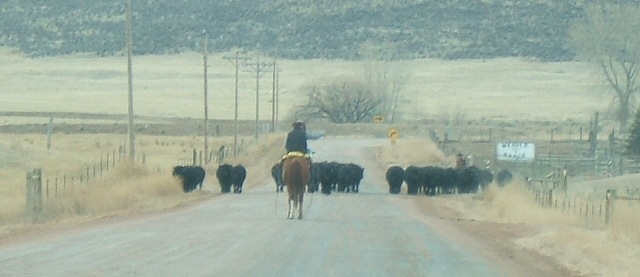
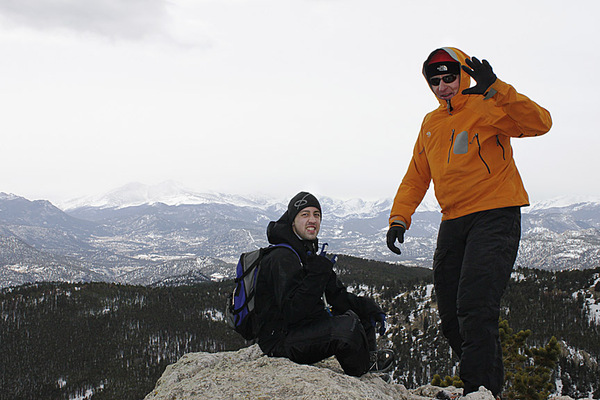
Comments
So neat… if unpaid. 🙂 I’m wondering where to start researching “uncommon nurse practitioner” opportunities!
Haha, maybe you need to start that website yourself!
Question: Any idea if these oportunities are available to non-veterinary students?
Hey Jenna, good question. Given that a lot of employees of the USDA, FDA, and APHIS are not veterinarians but instead various types of food scientists or public health practitioners, I think it’s safe to say that you could set up a similar internship with an APHIS office without being in vet school. I don’t know specifically of formal internship programs for non-vet students, but like Evin you could definitely start out by just contacting a bunch of offices to see if they would be willing to have you as an intern. Let us know if you’re successful!
Hey Jenna,
Keep in mind that I wasn’t even a veterinary student when I did this internship – I had only just finished undergrad. And as Elliott said, this wasn’t a specific opportunity that I found advertised somewhere…I created an opportunity for myself by emailing a random person. So, if you’re interested in USDA stuff, definitely spend some time looking through the USDA APHIS website, find an area that you think is interesting, and start emailing people…you never know what might happen. If you’re looking for potential paid positions, usajobs.gov is the only place to find those. Also, you might consider applying to the National Animal Health Emergency Response Corps (NAHERC) – that doesn’t really require much in terms of qualifications, and you can apply any time on usajobs.gov.
– Evin